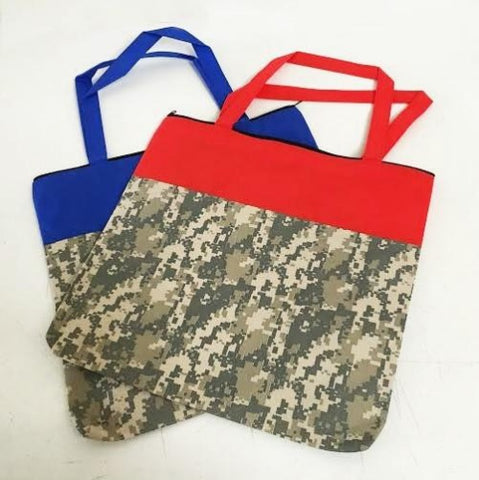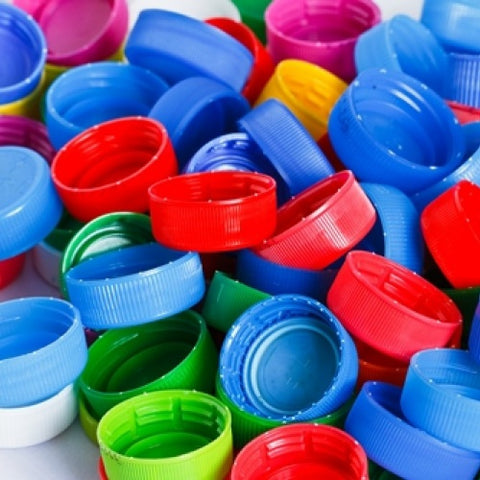
Polypropylene is a type of thermoplastic polymer resin.The combining of propylene monomers yields polypropylene (PP), a thermoplastic "addition polymer." Consumer items packaging, plastic parts for many sectors, and unusual gadgets like live hinges are all examples of uses for this material.
Paul Hogan and Robert Banks, two Phillips petroleum scientists, initially polymerized polypropylene in 1951; later, Italian and German scientists Natta and Rehn did the same. Professor Giulio Natta's polymerization of it in Italy only lasted three years before commercial manufacturing began three years after that.
To many people's surprise, polypropylene crystallized when Natta produced the first polypropylene resin in Spain in 1954. Popularity soared by 1957, and commercial production extended throughout Europe. One of the most widely produced plastics in the world is polyethylene terephthalate. The current global demand for the material generates an annual market of around 45 million metric tons, and it is expected to climb to roughly 62 million metric tons by 2020, according to certain forecasts.
The combining of propylene monomers yields polypropylene (PP), a thermoplastic "addition polymer." Consumer items packaging, plastic parts for many sectors, and unusual gadgets like live hinges are all examples of uses for this material.
Paul Hogan and Robert Banks, two Phillips petroleum scientists, initially polymerized polypropylene in 1951; later, Italian and German scientists Natta and Rehn did the same. Professor Giulio Natta's polymerization of it in Italy only lasted three years before commercial manufacturing began three years after that.
To many people's surprise, polypropylene crystallized when Natta produced the first polypropylene resin in Spain in 1954. Popularity soared by 1957, and commercial production extended throughout Europe. One of the most widely produced plastics in the world is polyethylene terephthalate. The current global demand for the material generates an annual market of around 45 million metric tons, and it is expected to climb to roughly 62 million metric tons by 2020, according to certain forecasts. Without further ado, in order to understand better the common uses of polypropylene, we have to look at its main features and advantages first.

The main benefits of polypropylene are also the main reason why manufacturers in a plethora of industries prefer it to other types of plastic. Let us see what these important features and benefits are:
- It is very resilient to wear, tear, and fatigue: this makes it perfect for items that endure high levels of physical stress;
- It has a very high melting point – around 20 degrees F: this comes with many uses in the food container industry and other heat-resistant applications;
- It comes with great color fastness properties – meaning that we can easily add color to it without degrading the quality of the material itself;
- It does not absorb water like other plastics – meaning we use it for waterproof applications;
- It is resilient to the sun and other elements – making it one of the best solution for outdoor applications;
- It is resilient to mold, rot, bacteria, and more – which means we can use it for extended periods in indoor and outdoor environments without risking damage;
- It supports additions in terms of elements that offer it elasticity – these new versions of polypropylene come with a rubber-like composition, opening the door to newer and newer applications;
- It is chemically resistant to most oils and solvents;
- It is lightweight and flexible – meaning we can tailor it to our wishes and needs;
- It comes with the smallest environmental impact among all plastic types; we can recycle polypropylene items and parts into many applications (cases, cans, home storage, flowerpots, pallets, crates, composite lumber, etc.); it produces less solid waste by weight and less CO2 equivalents by weight than PET, PS or PVC.
Given that polypropylene resembles polyethylene in appearance, it may take some time to identify it. It is made of a tough, white substance that is very chemical resistant. Polypropylene is stronger and more heat resistant than polyethylene. A burn test can be used if you're unsure. Polypropylene emits an unpleasant odor when exposed to flame. It will continue to burn, drip, and have a faintly sweet smell after being taken away from a flame.
Summing up, polypropylene is a more sustainable plastic than its peers, comes with plenty of structural, chemical, and physical advantages, costs very little to produce, and we use it every day in almost every aspect of our life. In fact, it would be hard to live without it. For this reason, we will focus next on the five main common uses of polypropylene. We believe you will be surprised how many items you can see around you that are made out of polypropylene once you check our list. So let’s begin.
1. Flexible and Rigid Packaging

Polypropylene comes with many packaging applications you may not even know about. In its flexible form, polypropylene tends to replace cellophane, metals and paper due to its superior properties and lower price. As film and flexible packaging, you will find polypropylene film in three main sectors:
- Food and Confectioneries
- Tobacco
- Clothing
As rigid packaging, you will find polypropylene in sectors such as caps and closures to pallets, crates, bottles, Just-in-Time (JIT) storage solutions, bottles and jars for packaging (condiments, detergent and toiletries), thin-wall containers (yogurt cups, disposable hot drinks cups etc.).
2. The Fashion and Sports Industry

If you look back at the list of polypropylene’s advantages and features, you will easily understand why this material is the go-to choice for the sports, clothing, and fashion industries.
- Due to the resilience of polypropylene to wear, tear, sun, elements, mold, bacteria, and especially water, you will find the material present in the building of outdoor equipment and accessories.
- One of the largest applications of polypropylene in the sports and fashion sector is the production of tote bags and cynch bags. These bags are resilient, sturdy and durable, reusable, waterproof, and lightweight. Moreover, you can personalize them with graphics, logos, monograms, prints, and so on, as polypropylene works amazingly with colors that stand the test of time. Polypropylene bags, drawstring backpacks, and duffel bags are a must-have for dynamic people who want personalized tote bags with comfort, utilitarianism, beauty, and affordability.
- Polypropylene makes a good addition to sports clothes, equipment, and undergarments – we find it in cold-weather base layers for winter sports, but also in warm-weather clothing for summer sports, as it keeps perspiration away from the skin.
- Do you know your summer beach slippers? You have high chances to own a pair made of polypropylene.
Besides clothes and accessories – with the tote bags and cynch bags’ industry on top of the list – modern designers began to use polypropylene for making contemporary jewelry as well. All clothes, bags, and jewelry share the common traits of the material. They are durable, versatile, printable, resilient to fatigue and the elements, hypoallergenic, and incredibly fashionable.
3. Medical Applications

Due to its high level of microbiological and chemical resistance, polypropylene is utilized in many medicinal applications. Many different pieces of equipment, instruments, and containers used in medical labs are made of polypropylene. It is probably best recognized in the medical community as the synthetic, non-absorbable suture Prolene, which is utilized by surgeons in prolapse repair procedures. Surgeons use it in prolapse repair operations as well. The most widespread use of polypropylene in medicine is in disposable syringes. Medical vials, diagnostic tools, Petri dishes, intravenous bottles, specimen bottles, food trays, pans, pill containers, and more are examples of other uses.
4. Consumer Products

This list is very long – we told you that we all use polypropylene every day, and sometimes we do not even realize it. In the consumer products department, we find polypropylene in the following sectors:
- Houseware – namely, carpets, mats, and rugs. The polypropylene fibers are very durable, and the colorfastness of the material allows for bright and resilient carpets, which have great traffic resistance and keep their colors fresh and vibrant for many years;
- Furniture – polypropylene finds its way in all types of upholstery; molded polypropylene is also an important “ingredient” in indoor and outdoor furniture;
- Toys for kids, animals, or even for fiction figures;
- For 3D printing applications to create complex models, prototypes, small series of components and even functioning models
- Luggage – as we said, polypropylene is an amazingly versatile material. In its thin form, you find it in tote bags, duffle bags, sports bags, backpacks, and more. In its rigid state, you will find luggage that holds your belongings safely and resists heavy manipulation and all the beatings your bag can take in an airport;
- Various types of bottles such as juice, water, shampoo or conditioner, liquid hand soaps, carry-home food containers and etc.;

- Appliances and household items – due to its resilience to heat, oils, solvents, mold, and bacteria, polypropylene represents the go-to choice for microwave food containers, dishwasher pods, containers, plates, and other kitchen items. We use it to make sauce bottles and jars, many types of food containers, but also parts and components of vacuum cleaners, pressure cookers, washing machines, dishwashers, and more.
5. The Automotive Industry

Polypropylene is frequently used in automotive parts due to its inexpensive cost, exceptional mechanical characteristics, and moldability. Bumpers, fender liners, interior trim, instrument panels, and door trims are a few common applications. Low linear thermal expansion coefficient, low specific gravity, excellent chemical resistance, processability, and balance between stiffness and impact resistance are further significant characteristics of PP used in automotive applications.
Did you know about these common uses of polypropylene? Which are the other sectors and areas where you know we use this type of plastic? What other advantages do you know about?

